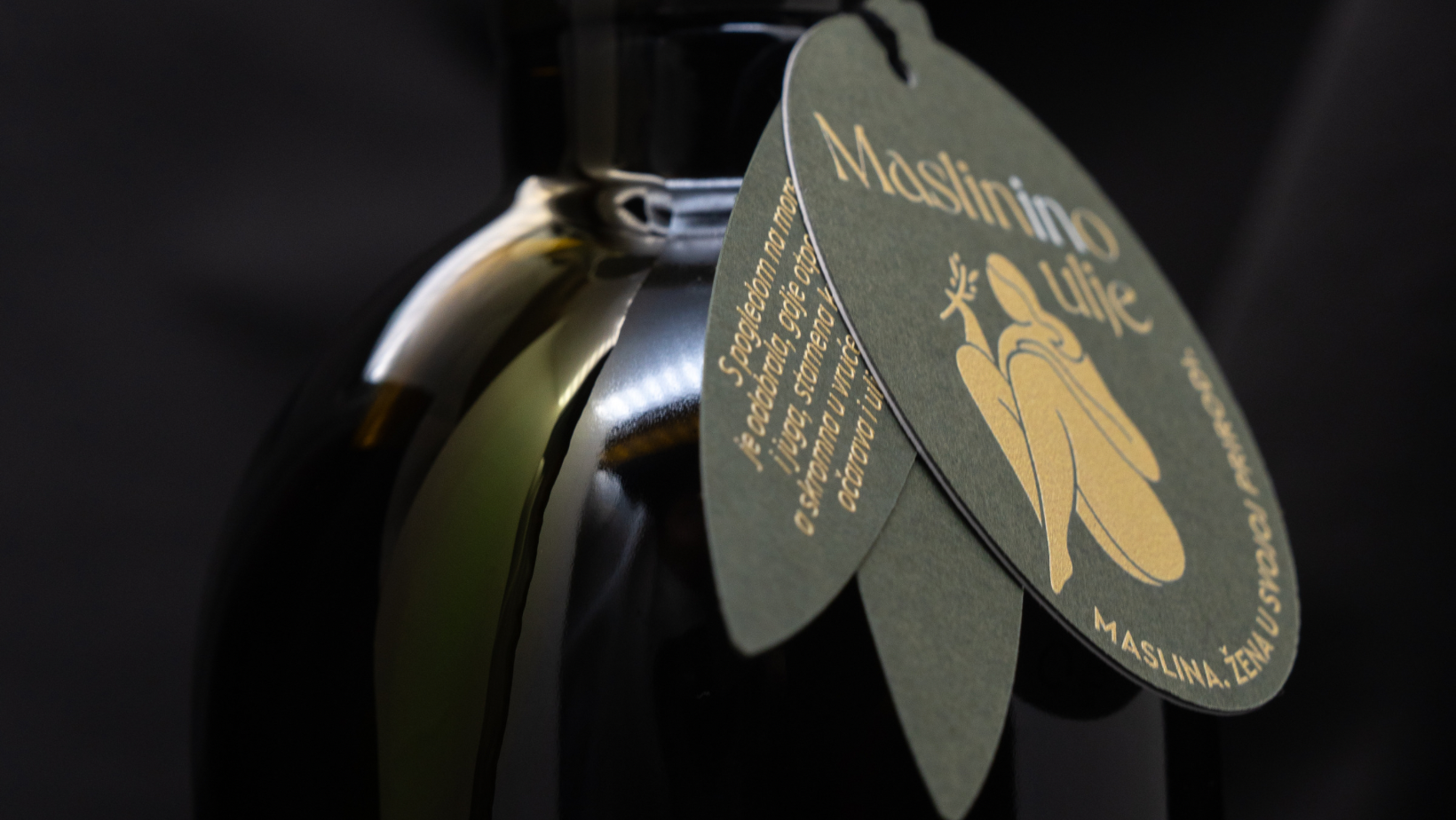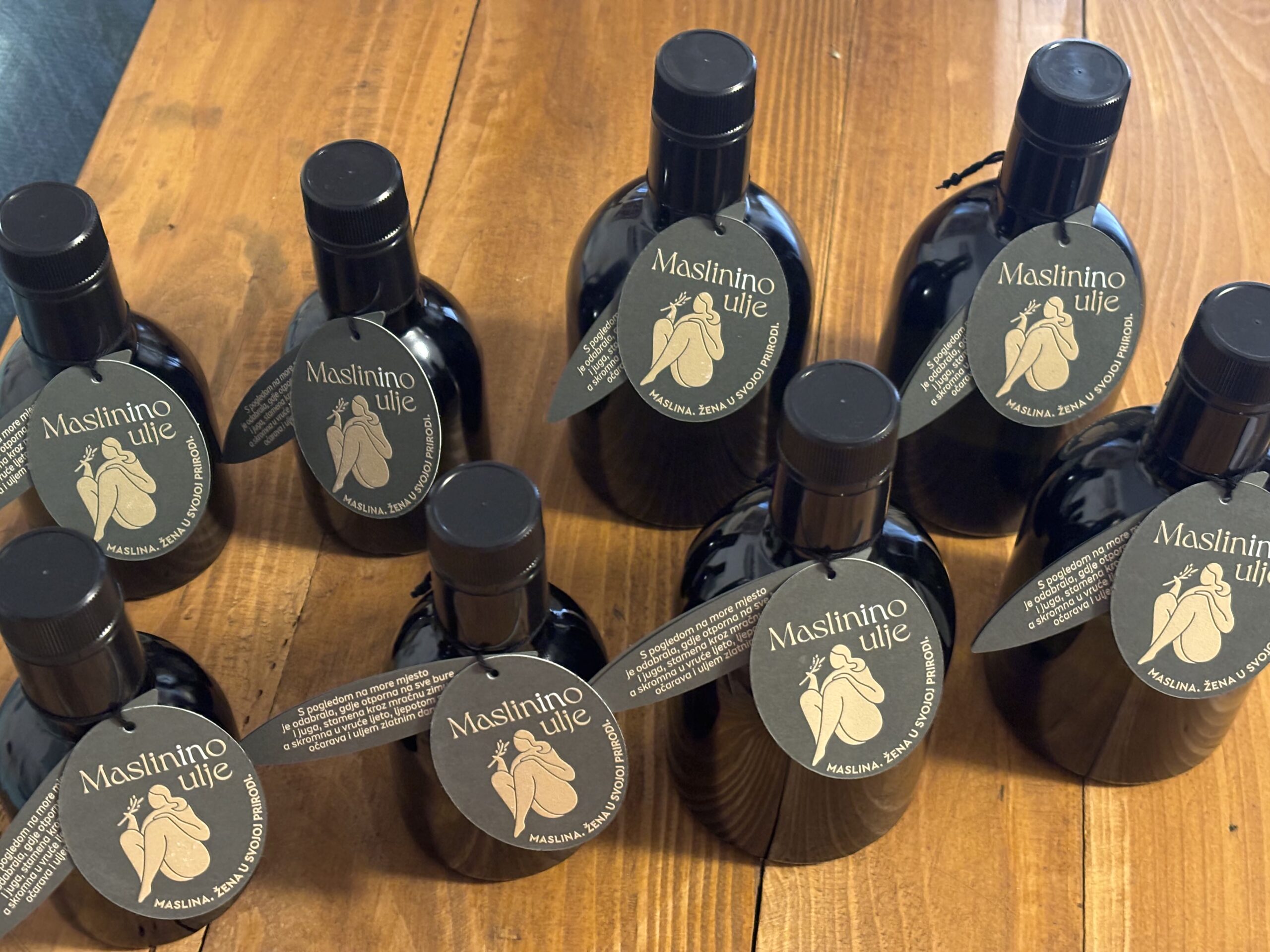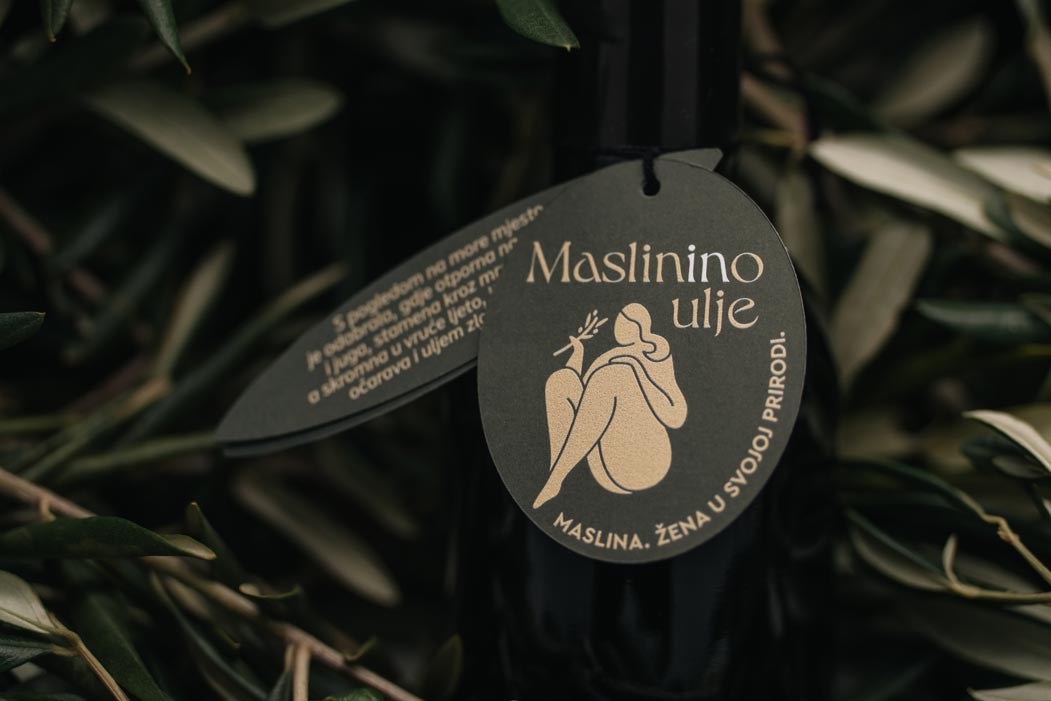Olive oil that has not passed the analysis, or has not met the reference standards officially set at the EU level, cannot be classified as extra virgin olive oil, and as you can see below, there are many different categories of olive oil. The categories marked in red are not intended for human consumption, but for industrial purposes.
(https://narodne-novine.nn.hr/clanci/sluzbeni/2009_01_7_173.html)
- Virgin olive oils
Extra virgin olive oil is oil obtained directly from the olive fruit exclusively by mechanical means, which contains a maximum of 0.8 grams of free fatty acids expressed as oleic acid per 100 grams of oil and whose properties correspond to those specified in point 1 of Annex I to this Ordinance;
Virgin olive oil is oil obtained directly from the olive fruit exclusively by mechanical means, which contains a maximum of 2 grams of free fatty acids expressed as oleic acid per 100 grams of oil and whose properties correspond to those specified in point 2 of Annex I to this Ordinance;
Lampante olive oil is virgin olive oil with unacceptable sensory properties, containing more than 2 grams of free fatty acids expressed as oleic acid per 100 grams of oil and whose properties correspond to those specified in point 3 of Annex I to this Ordinance;
2. Refined olive oilis oil obtained by refining virgin olive oil, which does not contain more than 0.3 grams of free fatty acids expressed as oleic acid per 100 grams of oil and whose properties correspond to those specified in point 4 of Annex I to this Ordinance;
3. Olive oil composed of refined olive oils and virgin olive oilsis oil obtained by blending refined olive oil and virgin olive oils, other than lampante olive oil, which does not contain more than 1 gram of free fatty acids expressed as oleic acid per 100 grams of oil and whose properties correspond to those specified in point 5 of Annex I to this Ordinance;
4. Crude olive-pomace oilis oil obtained by processing olive pomace by mechanical means and/or by extracting olive pomace with organic solvents, without refining and re-esterification and without mixing with oils of other types, and whose properties correspond to those specified in point 6 of Annex I to this Ordinance;
5. Refined olive-pomace oilis oil obtained by refining crude olive-pomace oil, which contains no more than 0.3 grams of free fatty acids expressed as oleic acid per 100 grams of oil and whose properties correspond to those specified in point 7 of Annex I to this Ordinance;
6. Olive-pomace oilis oil obtained by blending refined olive-pomace oil and virgin olive oils other than lampante olive oil, which does not contain more than 1 gram of free fatty acids expressed as oleic acid per 100 grams of oil and whose properties correspond to those specified in point 8 of Annex I to this Ordinance



